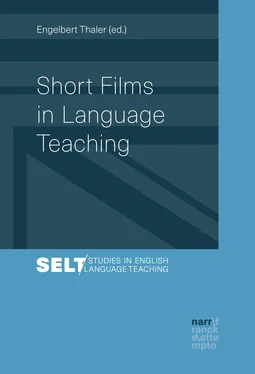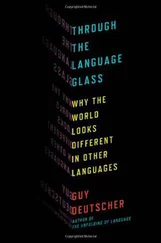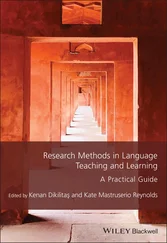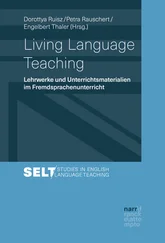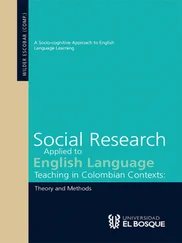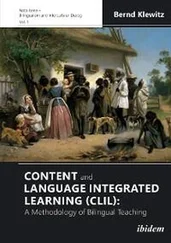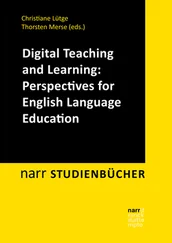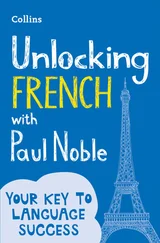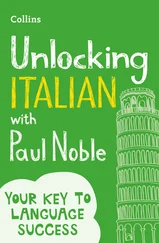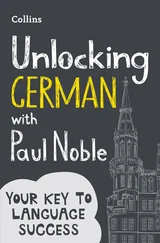3 Conclusion: Film Analysis and (Language) Tasks
But once again: Film analysis is no end in itself, especially in language teaching. Above all, language teaching is about language skills, that is: speaking, writing, reading, listening. Our film offers many occasions for exercising those skills, ranging broadly from analytical to imaginative (Fig. 5):
Treating films in language teaching will focus on tasks like these rather than on systematic film analysis. On the other hand, tasks like these cannot be defined let alone fulfilled without attention to the means and techniques of the medium, without decoding its language. This does not mean that language teachers need to be film scholars to boot. It does mean, however, that a basic ability to »read« films should be a part of language teacher education.
| Describe and characterize the protagonists. |
Analytical Imaginative |
| Explain the title GOOSE BUMPS.1 |
| Research the movies STREETCAR/BEN HUR and give a brief overview. Research the expressions femme fatale and film noir ; explain their connections to our film. |
| Act out the scene in the shelter and make the characters actually talk. |
| Give the film a title and explain your choice. |
| Fill in a thought bubble (for when the man is listening to the nearby laughter). |
| Write a character profile of the woman: Where did she come from? Where is she going? Who is she? |
| Write a conclusion to the open ending.2 |
Fig. 5: Tasks ranging from analytical to imaginative
Bibliography
Print / Internet Sources
Abraham, Ulf (2013). Kurzspielfilme im Deutschunterricht. In: Praxis Deutsch 237. Seelze: Friedrich Verlag, 4–14.
Australian Centre for the Moving Image (Ed.). Guide to Film Analysis in the Classroom. Available at http://www.adelaidefestivalcentre.com.au/media/3750/film-analysis-in-classroom.pdf(Stand: 26.10.2016)
Behrendt, Esther Maxine (2011). Kurzfilm. In: Koebner, Thomas (Ed.). Sachlexikon des Films. 3rd ed. Stuttgart: Reclam, 396–398.
Faulstich, Werner (2005). Filmgeschichte. Paderborn: Wilhelm Fink.
Frederking, Volker/Krommer, Axel/Maiwald, Klaus (2012). Mediendidaktik Deutsch. Eine Einführung. 2nd, revised ed. Berlin: Erich Schmidt.
Hickethier, Knut (2007). Film- und Fernsehanalyse. 4th ed. Stuttgart: Metzler.
Kammerer, Ingo (2009). Film – Genre – Werkstatt. Baltmannsweiler: Schneider.
Klant, Michael (2012). Grundkurs Film 3: Die besten Kurzfilme: Materialien für die Sek I und II. Braunschweig: Schroedel.
Liebelt, Wolf (2003). The Language of Film. Fachausdrücke, Interpretationsfragen und Redemittellisten für die Arbeit mit Filmen im Englischunterricht. Available at http://www.nibis.de/nli1/bibl/pdf/tfm06.pdf(Stand: 26.10.2016)
Surkamp, Carola (2010). Zur Bedeutung der Schulung filmästhetischer Kompetenz aus der Sicht unterschiedlicher Fächer. In: Kepser, Matthis (Ed.). Fächer der schulischen Filmbildung. München: Kopaed, 85–108.
Thomson, David (2012). The Big Screen. The Story of the Movies and What They Did to Us. New York: Farrar, Straus and Giroux.
Universität Wien (Ed.). Begriffslexikon FILM der Universität Wien. Available at https://wiki.univie.ac.at/display/filex/Startseite(Stand: 26.10.2016)
A PLACE IN THE SUN (George Stevens, USA 1951)
A STREETCAR NAMEND DESIRE (Elia Kazan, USA 1951)
BEN HUR (William Wyler, USA 1959)
DOUBLE INDEMNITY (Billy Wilder, USA 1944)
FAR FROM HEAVEN (Todd Haynes, USA 2002)
FATAL ATTRACTION (Adrian Lyne, USA 1987)
GÄNSEHAUT (Laszlo I. Kish, CH 1993) (available at
http://www.youtube.com/watch?v=5NLpiyDmfVM) (Stand: 26.10.2016)
HOUSE OF CARDS (USA 2013ff.)
THE POSTMAN ALWAYS RINGS TWICE (Bob Rafelson, USA 1981)
THE SEVEN YEAR ITCH (Billy Wilder, USA 1955)
Конец ознакомительного фрагмента.
Текст предоставлен ООО «ЛитРес».
Прочитайте эту книгу целиком, купив полную легальную версию на ЛитРес.
Безопасно оплатить книгу можно банковской картой Visa, MasterCard, Maestro, со счета мобильного телефона, с платежного терминала, в салоне МТС или Связной, через PayPal, WebMoney, Яндекс.Деньги, QIWI Кошелек, бонусными картами или другим удобным Вам способом.
